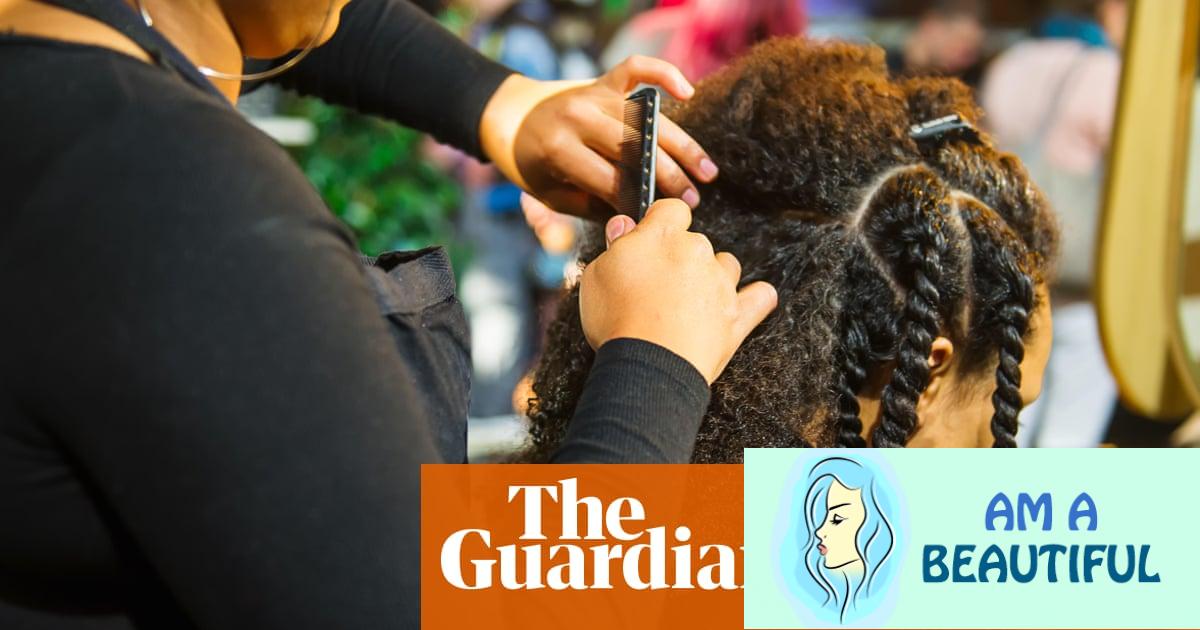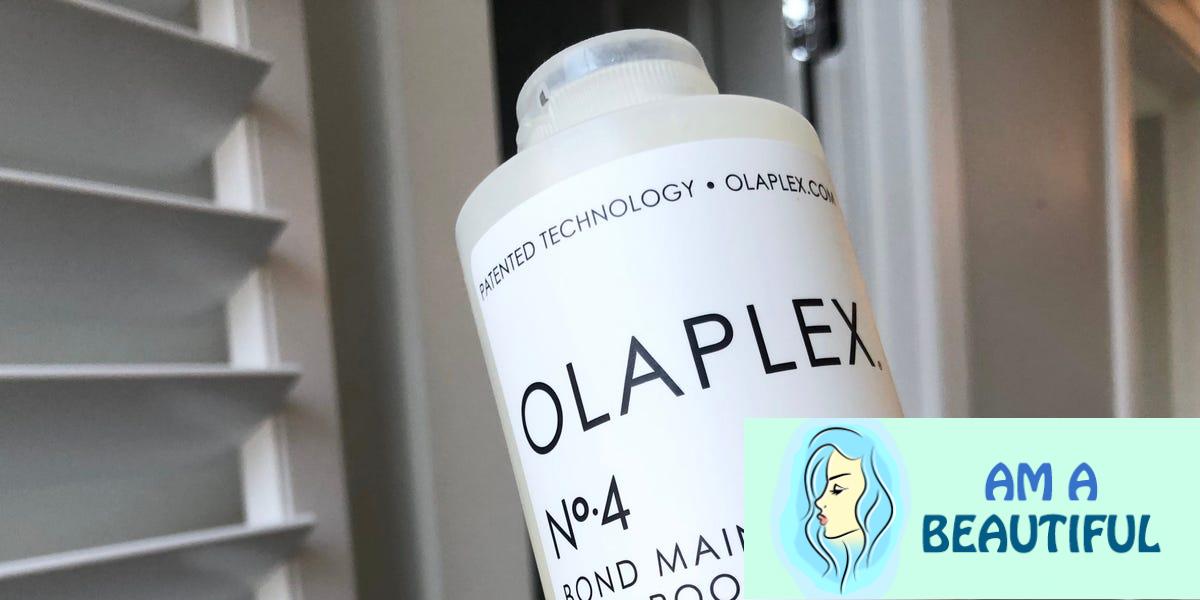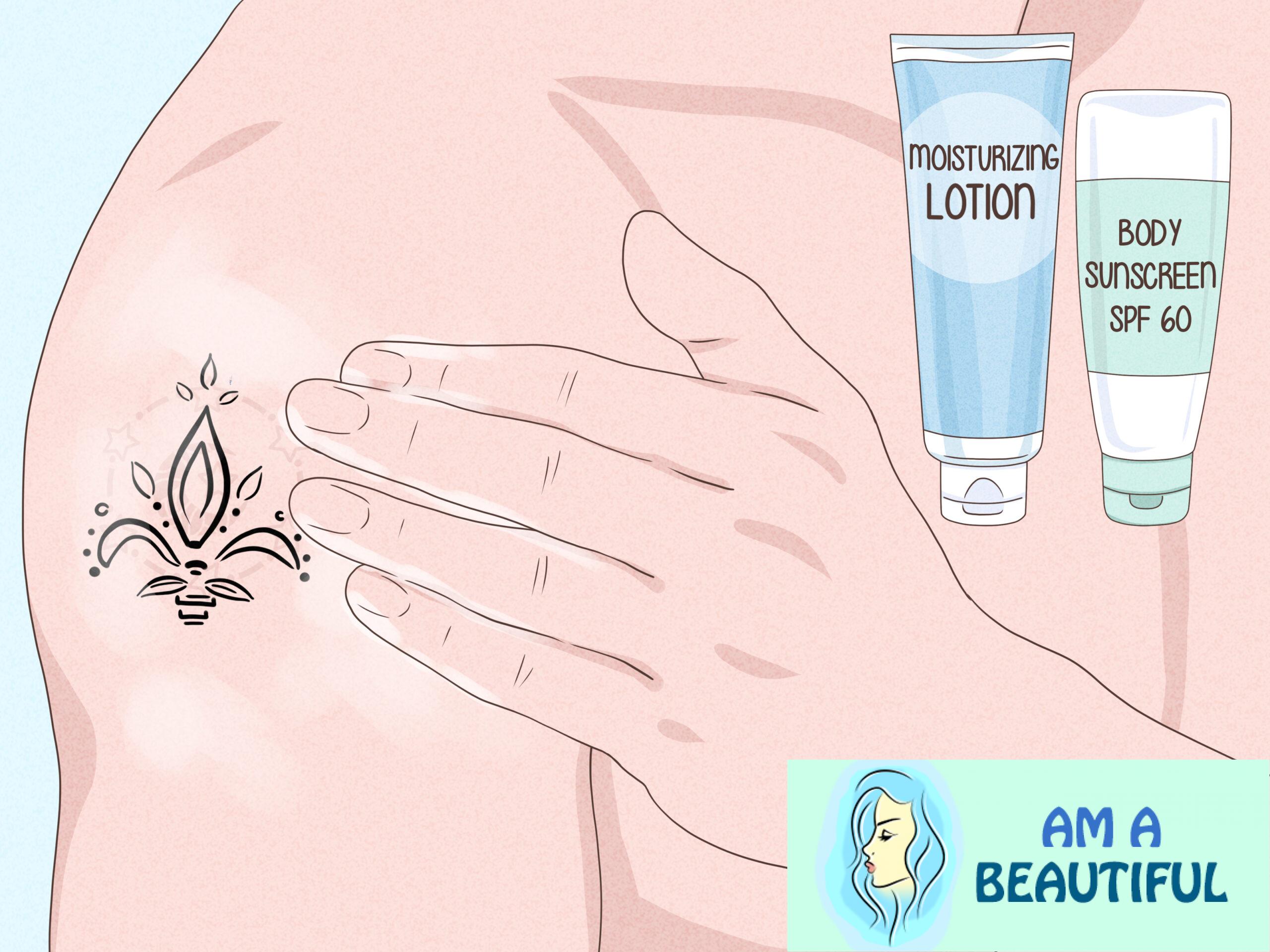My daughter Ruby was proud of her hair. Growing up as a mixed-race girl, she loved her natural texture, but that wasn’t always a straightforward journey. As a teenager, after years of using heat to make her hair straighter – and smaller – she embraced wearing her afro as an expression of who she was. That fragile self-acceptance was shattered when her hair started being policed at school.
“Your hair’s getting too big, you’re going to have to do something about that,” one teacher told her of her natural afro, the hair she was born with. “Why don’t you try chemical relaxer?” they asked my child, suggesting she use potent and damaging chemicals to strip her hair of its natural texture. Ruby was confused, hurt and humiliated. In a classroom of teenagers with dyed and shaved styles, it was her hair that was deemed so inappropriate that she was suspended from school: “I don’t care if it’s bright blue, just make it smaller,” one teacher told her of the size of her natural afro. The school claimed Ruby’s hair was in breach of their appearance policies, which stated that “afro style hair must be of reasonable size and length”. But on the day she was first sent home, Ruby’s hair was too short to be tied back, leaving her with no choice but to braid it or use chemical relaxer on her hair in order to conform to the policy.
Hair should never be a reason for a child’s education to be withdrawn, and Ruby’s case shows how damaging blanket appearance policies can be when they miss important cultural or practical understanding of different hair textures. Being disciplined for her hair completely changed her relationship with school. Previously, she had been happy and thriving. After being suspended (which she would be several times again after that first time) she became anxious and depressed, and felt victimised. As her mother, I still find these memories deeply painful.
At first, we considered having her hair braided. But our family’s anger stopped us going through with it. Why should any child be forced to change the hair they were born with? Instead, we decided to fight – and we found that the law is on our side. We were able to challenge the school in court, and came to a settlement. On Thursday, in a huge milestone, the Equality and Human Rights Commission (EHRC) issued new guidance to schools to warn them that appearance policies that ban certain hairstyles, including “natural Afro hairstyles, braids, cornrows, plaits and head coverings, amongst other styles”, without allowing for exceptions on racial and religious grounds are likely to be unlawful.
It should not have come to this, however. Ruby’s was one of several high-profile cases in recent years that should have caused schools to stop and think about their hair policies.
Families should feel confident that their children have the right to wear the hair they were born with, and are able to defend themselves against any institution that tells them otherwise. There is also support available for families who need it – the EHRC has an open legal support scheme, and my family leads a parent support group, in association with World Afro Day.
I don’t believe that any school intentionally sets out to discriminate against Black or mixed-race pupils due to the way their hair grows, or how they choose to style or maintain their hair. But it’s vital that educators take an active role in understanding that some hair policies can lead to these pupils being unfairly treated. As Ruby’s white parent, my education is an ongoing process, too, and it’s vital that white parents of mixed-race children are allies.
My daughter is a survivor, but she shouldn’t have to be; hair discrimination has no place in our schools or workplaces. Every step in that direction is vindication for Ruby and the countless other children who continue to be affected by this injustice.






Thanks for the answers to all the questions 🙂 Actually learned a lot. But I still haven’t figured out what and where from.
I read it and feel at home. Thanks to the creators for a good resource!
Wow cool👍😻